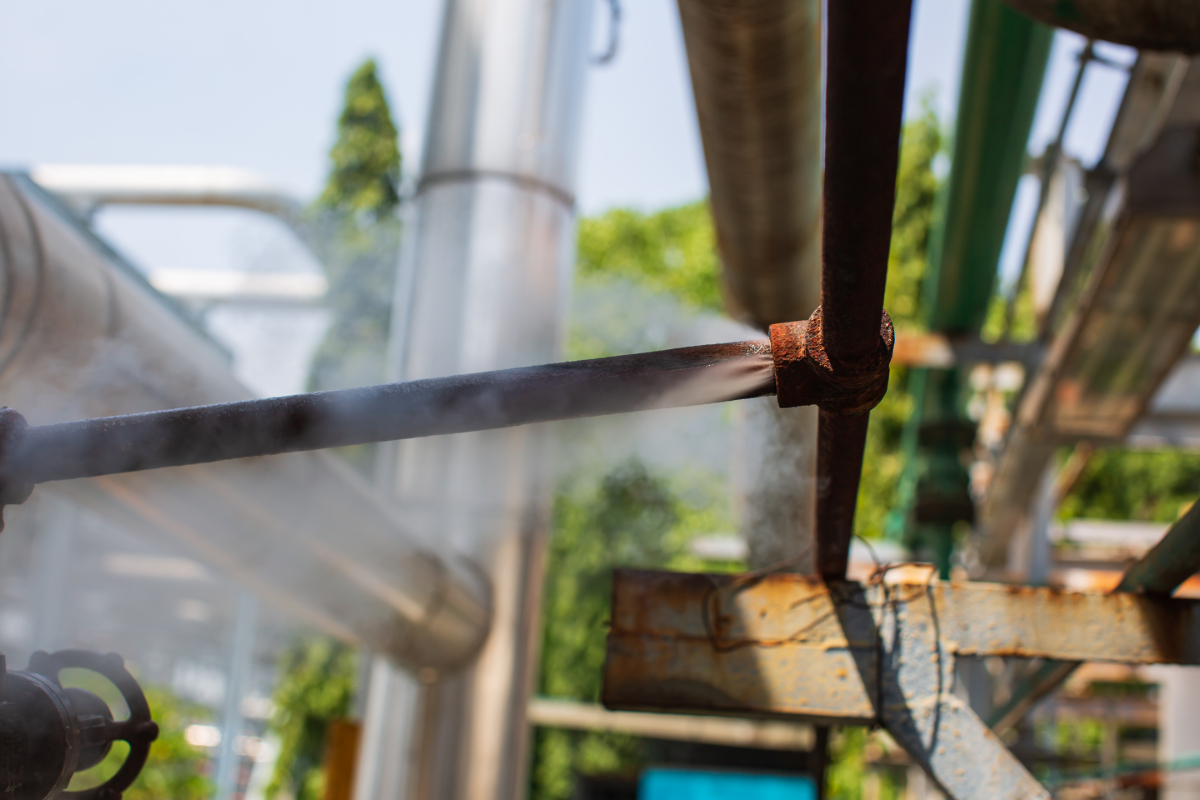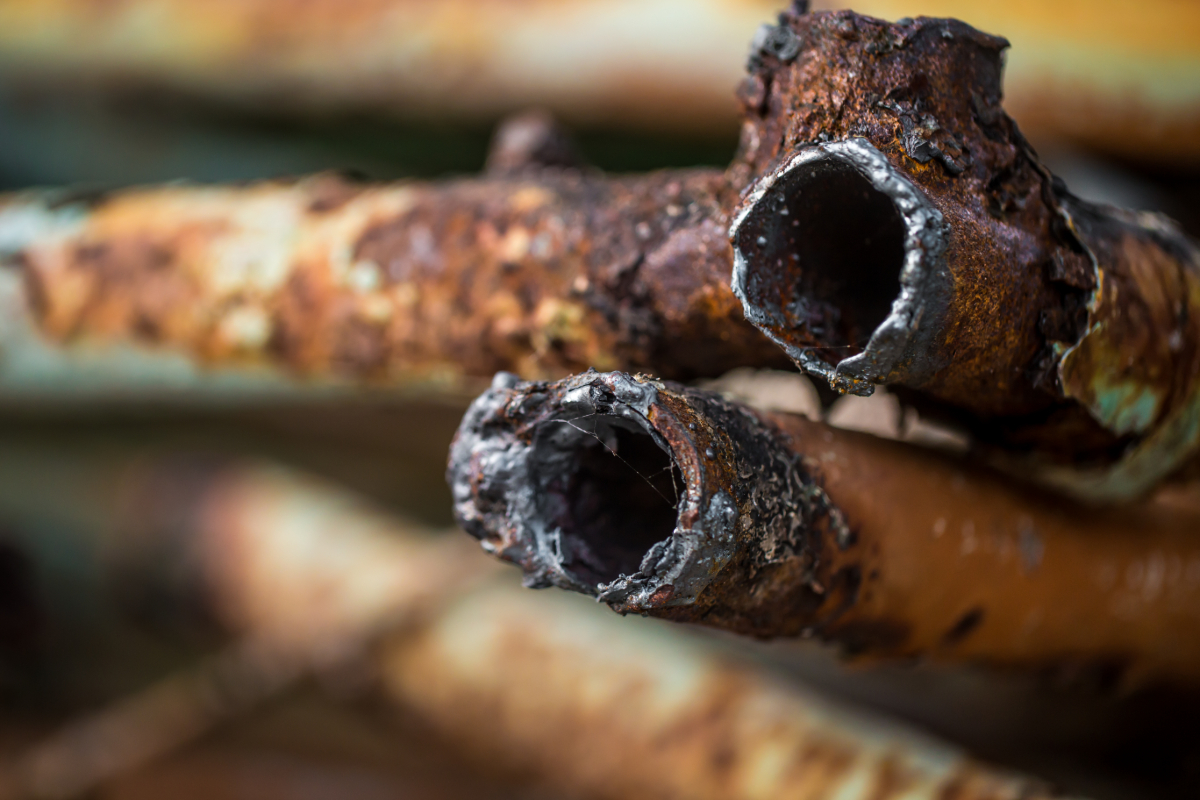
6 Common Plumbing Problems in Old Homes
What are some of the common plumbing problems in old homes?
- Outdated pipes
- Broken fixtures
- Corroded pipes
- Deformed pipelines
- Root-damaged sewers
- DIY repair jobs
Older homes might be well-preserved in terms of appearance but there could be problems hidden from view. If you’re living in a house that is years past when it was first built, you might be considering replacing your pipelines soon. To help you make the decision, here are some of the common plumbing problems in old homes. Keep on reading!
Outdated Pipes
If you’re living in a house that is decades old, there’s a high chance that you’re still using materials that are now considered defective or outdated. This can lead to problems with toxicity, leakage, corrosion, and more. Here are some examples:
- Lead Pipes: Lead has been used as a material on older pipes. Water could pass through the pipes without a specific smell or taste but can cause poisoning when consumed. Aside from pipelines, faucets and fixtures can also be made of lead.
- Polybutylene Pipes: This type of pipe was considered a replacement for copper pipes because they’re affordable and easy to install. But it’s not recommended for water lines anymore. This is because the chemicals in water can cause a reaction in the material which leads to earlier breakage.
That’s why if you’re considering buying an older house, it’s recommended to have the pipes replaced, especially if they’re made with lead or polybutylene.
Broken Fixtures

Older homes have a higher likelihood of having broken pipe fixtures due to normal wear and tear. Expect that most of the faucets, connectors, and knobs have undergone some type of damage. These will eventually erode and accumulate contaminants, leading to weird odors, leaks, and more.
Although you might be able to get by for some time, these fixtures and connectors could fail anytime. This could get problematic if you’re away from home, only to come back with a water damage problem. That’s why it’s important to consider your fixtures too if you’re planning to replace your pipes.
Corroded Pipes
Several factors can cause pipe corrosion. This could happen because of the pH level or oxygen content of the water. High water pressure or grit can also cause the pipes to wear out over time. It’s hard to miss if your pipes are corroded because the water will turn to the color of rust. Don’t attempt to drink this as it can taste metallic. Aside from these, you will also observe clogs and low water pressure.
Don’t wait for your water to turn orange before you replace corroded pipes. There’s a high chance that the pipes have already reached their lifespan, especially in an older house.
Deformed Pipelines

Over the years, houses can shift and settle due to several factors such as flooding and soil erosion. Other than causing structural damage, this means that your pipes might start to get deformed too. Sags or “bellies” in the material can impact the normal flow of the water, causing blockages or backups. This is one of the reasons why you might experience slow drains and smell nasty odors from the bathroom.
As the pipes sag or bellies, the material could also form cracks, causing leaks through your home’s foundation, as well as, other structural damages. If you experience these, it’s best to have the pipes inspected.
Root-Damaged Sewers
If your home has trees and shrubs, then there’s also a possibility that the sewers are damaged by roots. This occurs when the roots grow towards your underground piping. You might not see it but you will feel its effects. As the roots clog the pipes, the contents of your drainage can drain slower or overflow.
Because the pipes are hidden underground, you might notice this problem until it worsens. A professional plumber can help you diagnose this issue and offer a solution.
DIY Repair Jobs
Throughout the years, you or the previous owner of the home might have done some repair jobs on the pipes. If a professional plumber wasn’t hired and only DIY methods were used, there’s a likelihood that the pipes aren’t fixed that well.
For instance, if you used chemical drain cleaners in the hopes of fixing a clog, you might have damaged the pipe itself. Or maybe the pipes are installed at high slopes, which causes the water pressure to be too low. In any case, DIY methods won’t fix the problem entirely and will only cause dangerous and costly consequences in the long run.
Key Takeaway
No matter how well-maintained an old home is, there will be some problems with plumbing. This could happen due to ordinary wear and tear, defective piping materials, or environmental conditions. It’s beneficial to have your pipes replaced so you can enjoy more years of use without issues.
If you’re experiencing one or more plumbing problems in old homes, you might need to replace them soon. Supreme Pipe is the trusted plumbing supplier in the Philippines that can provide you high-quality materials that will last for years. If you’re interested, you can click here to send us a message.


